Mitsubishi Lancer Evolution might be resurrected, so what will the new Evo look like?
 WilliamNov 14, 2025, 11:33 AM
WilliamNov 14, 2025, 11:33 AM
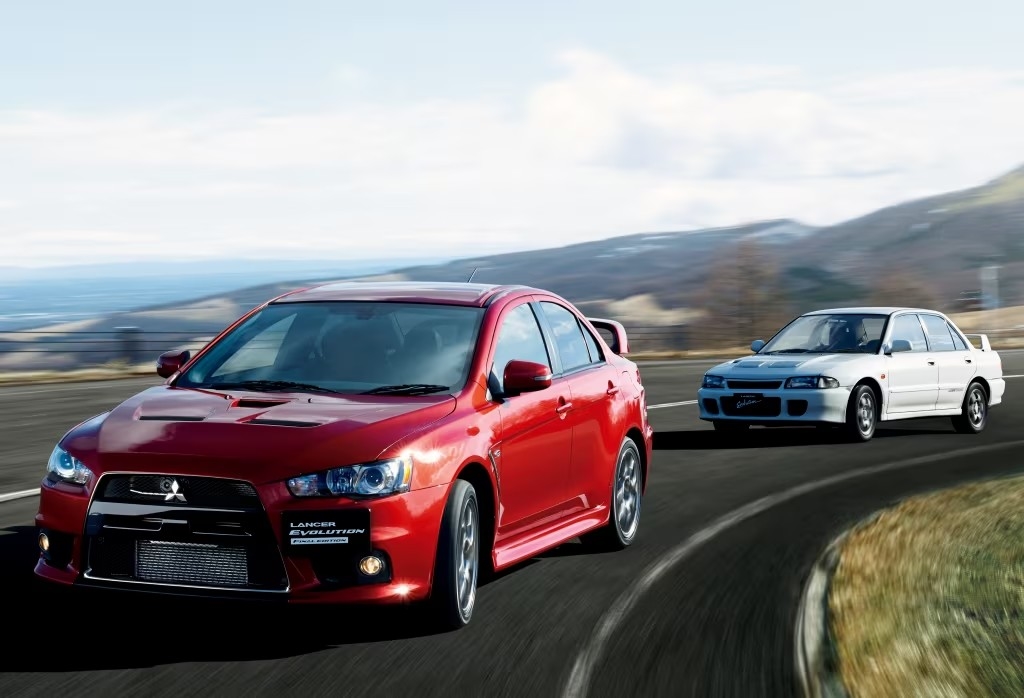
【PCauto】 At the Japan Mobility Show 2025, Mitsubishi engineer Kaoru Sawase shared in an interview that he hopes to bring the Mitsubishi Lancer Evolution back to the market.
As a senior engineer for Mitsubishi's "S-AWC Super All-Wheel Control System," Kaoru Sawase is the soul behind the Evolution. His statement marks the first clear signal of a potential revival since the Evo X's discontinuation in 2015.

How important is the S-AWC of Mitsubishi Lancer Evolution?
The S-AWC system is widely recognized as the defining feature that transformed the Evo from street car to track-ready machine.
It combines four core elements: the Active Center Differential (ACD), Active Yaw Control (AYC), Active Stability Control (ASC), and Brake Assist, allowing precise torque distribution to each wheel.
For example, the Evo X, as tested by 《Best Motoring》, showed lap times on the track that were 3%-5% faster than the contemporary Subaru WRX STI. Especially on slippery surfaces, the S-AWC can quickly adjust the vehicle's posture, helping average drivers tap into performance levels usually reserved for professionals.

Unlike the many modern all-wheel-drive systems that rely heavily on electronic controls, Kaoru Sawase always insisted on a "driver-centered" approach focused on mechanical tuning.
He maintains that optimizing the mechanical components themselves should take priority, such as using mechanical limited-slip differentials, rather than overly relying on electronic systems for intervention. This is aimed at preserving the direct sense of communication between the car and driver, which car enthusiasts often refer to as the "raw" feeling.
This raw sensation is precisely what earned the Evo its revered status in the tuning community and remains one of its most deeply missed characteristics.
Since S-AWC is so remarkable, why was the Evolution still discontinued?
The Evo X was discontinued in 2015, mainly because Mitsubishi decided to shift its focus. At that time, global emission regulations were becoming stricter, and the sedan market continued to shrink. Mitsubishi redirected its R&D efforts toward SUVs and electrification (such as the Outlander PHEV). As a result, the 23-year evolution of the Evo series ground to a temporary halt.
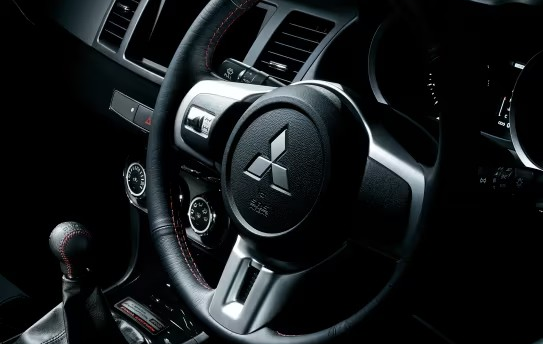
Looking back, from the birth of the first-generation Evo I in 1992 for WRC events, to the Evo IX MR squeezing 291 horsepower out of the 4G63T engine, and then to the Evo X adopting the all-aluminum 4B11T engine and SST transmission, every update of the Evo represented the ongoing exploration of JDM technology.
However, the price of the Evo X later rose to around 5 million yen (approximately 45,000 USD), which somewhat blurred its original identity as a 'performance car for the masses.'
Why is Evo so unforgettable as a JDM performance car?
The reason the Evo became a JDM icon is quite straightforward: it happened to meet the three criteria of being "affordable, powerful, and highly modifiable."
The first-generation Evo I was built on the platform of the regular Mitsubishi Lancer family car, retaining the practicality of four doors. But its heart, the 2.0-liter turbocharged 4G63T engine, could produce 247 horsepower and accelerate from 0 to 100 km/h in just 5.7 seconds. In the 1990s, this put it in the same league as the Ferrari 348, which cost over $200,000.
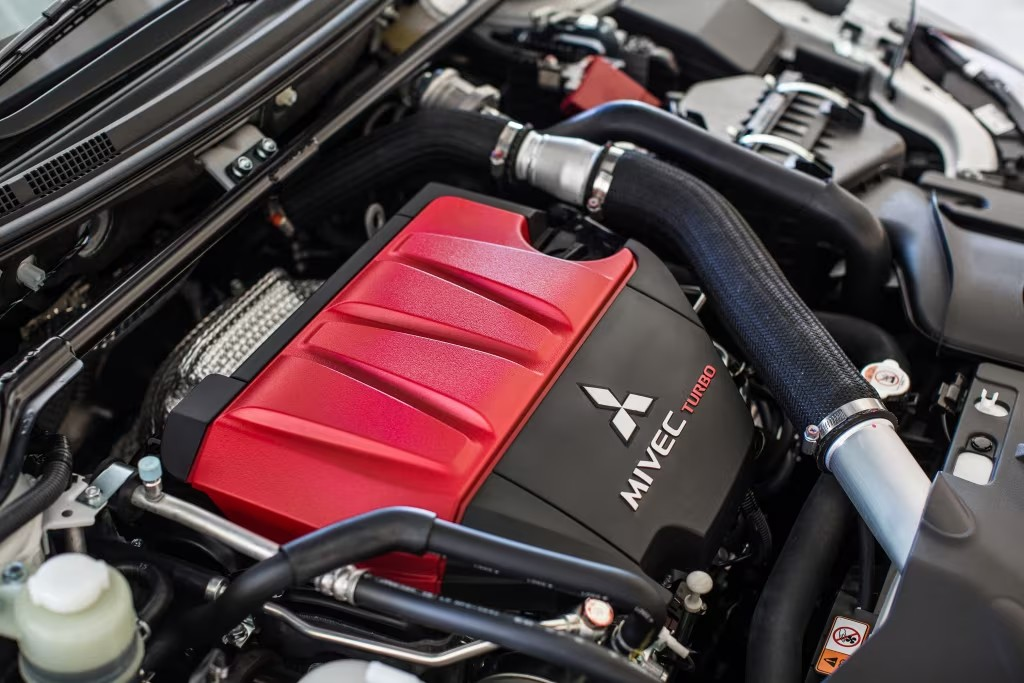
More importantly, its mechanical layout was straightforward but built to last. The 4G63T engine with its cast iron block had immense modification potential, with 500+ horsepower upgrades being common, and even extreme cases of exceeding 1,000 horsepower.
The S-AWC system also supports custom torque distribution, making it a treasure in the eyes of tuning enthusiasts around the world.
The Story of Evo Defeating Countless Luxury Performance Cars
Another key reason why Evo has captivated countless fans is its story of "commoners' counterattack." In the famous 1996 "Supercar Battle" by Best Motoring, the 350-horsepower Evo III MR managed to outperform luxury cars like the Ferrari F355 and Porsche 993 Turbo on the Tsukuba Circuit.
Keep in mind that those cars cost 5 to 10 times more than the Evo, yet they couldn’t create a significant gap in lap times.
In the private sector, young people could spend just a few thousand dollars to modify an Evo, enabling it to compete with supercars. For example, in 1999 in the UK, an HKS-modified Evo V RS defeated a Lamborghini Diablo; in 2005, a 550-horsepower Evo VIII tested by Super Street in the US easily outpaced a Porsche 911 Turbo (996).
These David-versus-Goliath tales strike a chord with everyday enthusiasts, as they satisfy the desire to challenge authority, making the Evo more than just a car—it’s a symbol of spirit.
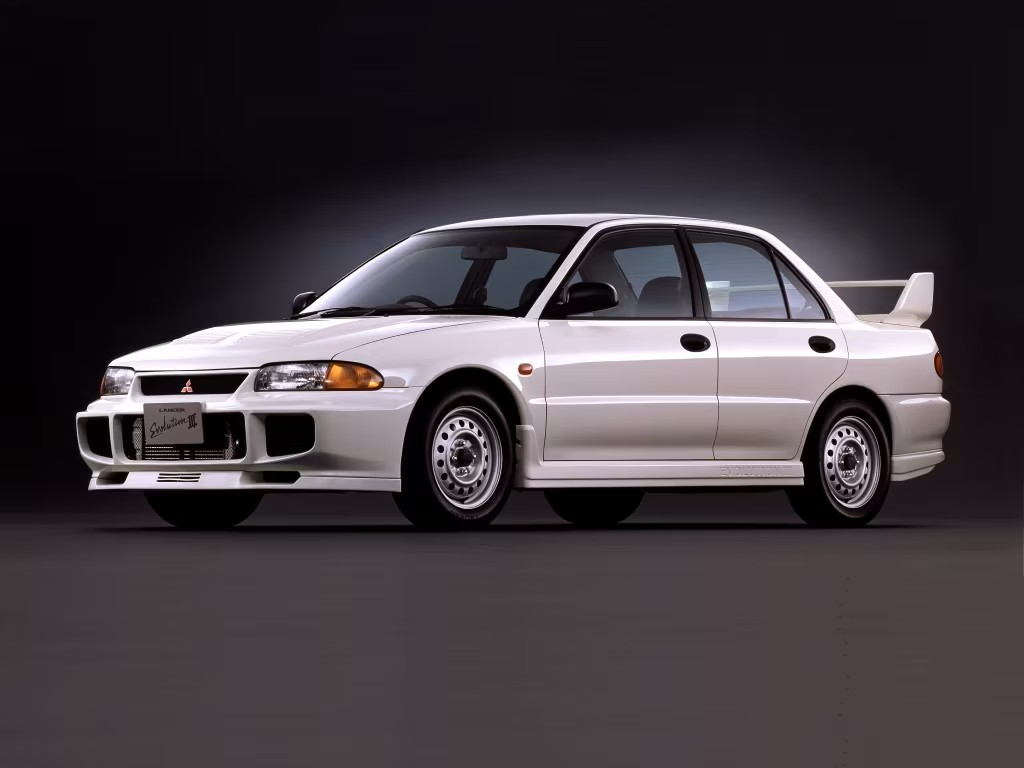
WRC Further Cemented Evo's Legend
From 1996 to 1999, Tommi Mäkinen drove the Evo III to VI to win the WRC championship for four consecutive years, competing against tough opponents like the Audi Quattro S1 and Ford Escort RS Cosworth.
Moreover, the Evo had an advantage; its S-AWC system was highly adaptable and could be mastered quickly by independent teams, truly realizing "low-cost, high-performance."

More importantly, the technologies developed on the racetrack were quickly applied to civilian cars. For instance, the Evo IV was the first to feature AYC Active Yaw Control, the Evo VII used aluminum suspension to reduce weight, and the Evo VIII MR optimized turbo response time.
This "from track to street" technology transfer allowed ordinary consumers to experience race-level performance.
Why have JDM performance cars, represented by the Evo, gradually been overlooked?
The same formula that once brought success now contributes to its challenges. The key to JDM's success in the '90s was "lightweight and powerful."
The Evo IV weighed only 1260 kg, and the Honda Civic Type R (EK9) was even lighter at 1170 kg. A lightweight body combined with a high-revving engine or turbocharger created that thrilling 'pocket rocket' experience.
However, from the mid-2000s onwards, Japanese car manufacturers seemed to fall into a "feature creep" abyss. In pursuit of extreme performance, they kept adding features: all-wheel-drive systems, various electronic modules, luxury configurations... and the result? Car weight increased rapidly, compromising handling instead.
From the Evo IV to the Evo X, the weight increased from 1260 kg to 1600 kg—an additional 340 kg (equivalent to carrying five extra adults). This additional weight mainly came from the complex differentials, drive shafts, and hydraulic modules of the S-AWC system. This not only made the car more expensive but also less agile.

JDM lost its original driving pleasure
The heavy reliance on technology not only brought weight issues but also compromised driving pleasure. Early Evo models depended heavily on the driver's skills to control the car's dynamics, such as using the throttle to control the drift angle.
By the time it got to the Evo X, its S-AWC system would actively suppress loss of control, making the car "too stable" and losing that original, direct mechanical feedback feeling.
The issue is even more pronounced in the Nissan GT-R. The R35, relying on the ATTESA E-TS all-wheel-drive system, achieved an impressive lap time of 7 minutes and 8 seconds on Nürburgring Nordschleife. But the problem is, this electronically-driven handling system makes driving feel somewhat like "foolproof mode."
The older R34 GT-R models used a mechanical ATTESA system, requiring the driver to precisely control the throttle and steering; however, the R35 automatically optimizes torque distribution for you. Honestly speaking, the sense of connection between the driver and the car has been diminished.
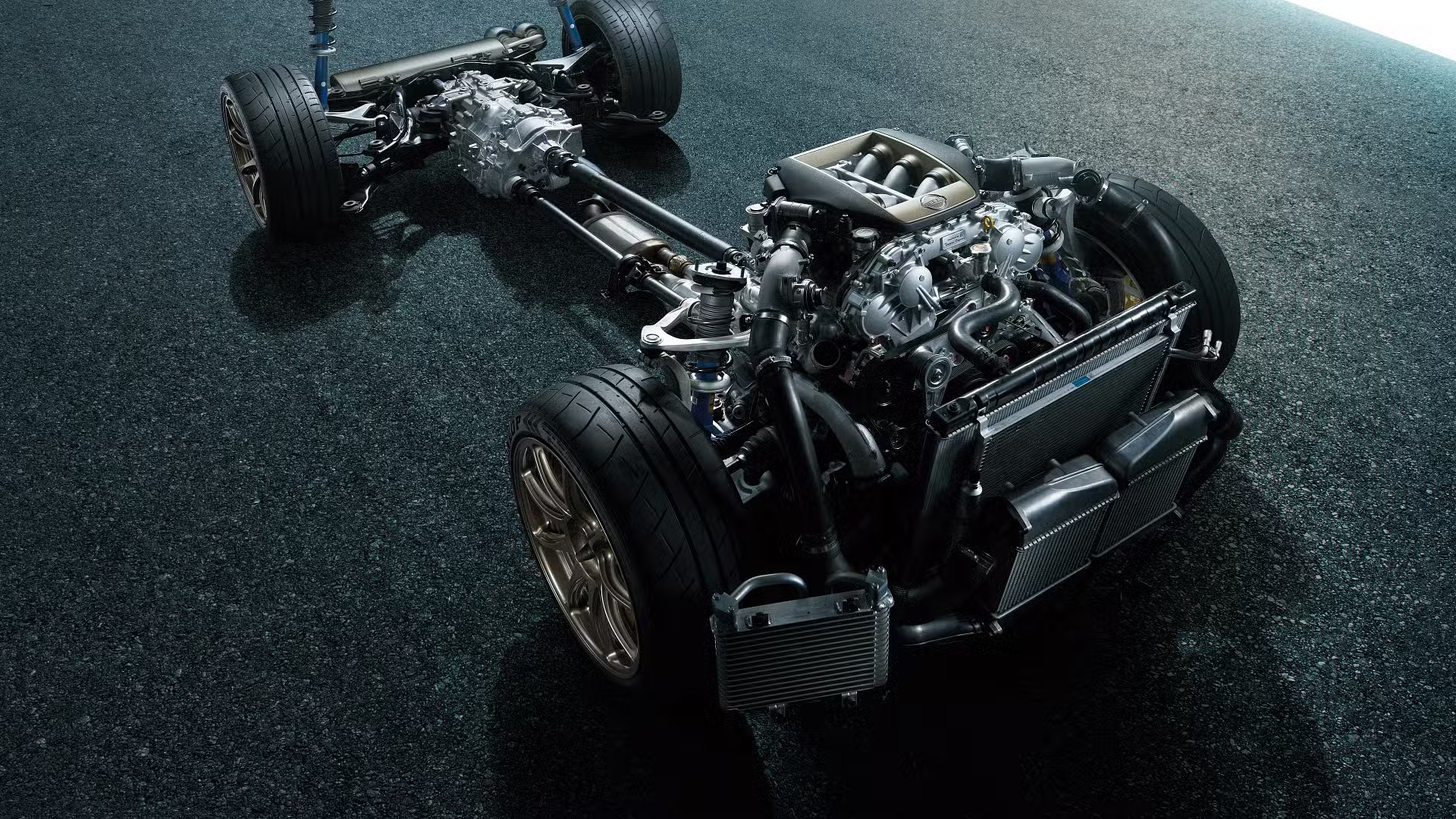
JDM is becoming increasingly expensive
With increased weight and technical complexity, production costs inevitably escalated out of control. The price of the Evo X nearly doubled compared to the first generation.
Looking at the Nissan GT-R R35 NISMO version, the price skyrocketed to $120,000, which is over five times more than the price of the first-generation Evo. It has completely deviated from the "affordable sports car" positioning and has turned into a toy for the wealthy to collect.
Regulations and market pressure squeezed JDM
After 2010, things became even tougher. Global emission regulations became increasingly strict. Japan's 2025 fuel efficiency standard requires cars to reach 25.4 km per liter (approximately 5.9 liters per 100 km). Cars like the Evo X and GT-R, with a real-world fuel consumption easily exceeding 13 liters per 100 km, simply cannot meet these standards.
At the same time, consumer preferences have changed, with a stronger liking for SUVs. Manufacturers like Mitsubishi and Nissan are allocating 70% of their R&D budgets to SUVs and battery technology, significantly cutting back on performance car projects.
Subaru has even explicitly stated that it will not launch a fully electric WRX STI, citing a very practical reason: "It's impossible to balance performance and profitability."
What will the revived Mitsubishi Lancer Evolution look like?
The Evo had indeed been glorious in the past, but the landscape of performance cars has completely changed now. Subaru WRX STI is still sticking to the traditional path of fuel engines and manual transmissions.
In Europe, lightweight mid-engine cars like the Porsche 718 GT4 are making a splash on the track; meanwhile, newcomers like the Tesla Model 3 Plaid dominate in straight-line acceleration.

We can imagine a revival of the Evo
Kaoru Sawase mentioned in an interview, "The spirit of Evo does not conflict with electrification."
His words strongly suggest that the S-AWC system's fundamental principles could extend beyond conventional engines and continue to work in the era of electrification.
Electrification actually brings a huge opportunity to upgrade the S-AWC system. Back when fuel was used, S-AWC relied on the hydraulic AYC system to function, and torque adjustments took about 100 milliseconds each time.
However, after electrification, the e-S-AWC utilizes the instant torque control capability of electric motors to complete torque distribution to a single wheel within just 10 milliseconds, slashing response times to one-tenth of their previous values.
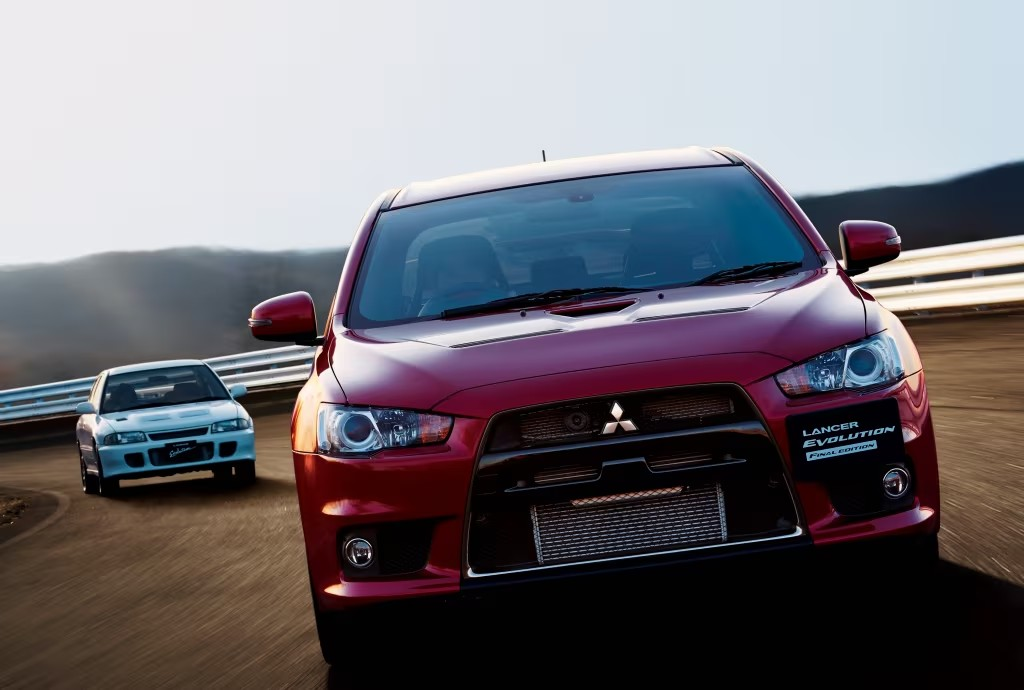
To further enhance the performance of the electronic all-wheel-drive system, the new Evo can also be paired with the "Rally/Racing Dual Mode" suspension:
· The rally mode uses long-travel shock absorbers and active hydraulic damping to mimic the off-road capability of Dakar rally cars, tackling bumpy terrains;
· The racing mode automatically lowers the vehicle's height with stiffer springs and reinforced anti-roll bars to achieve race-level cornering stability.
Additionally, the system can simulate the "locking" sensation of traditional mechanical differentials through electric motors, preventing electric vehicles from feeling too "boring" or having a lack of engagement. This allows drivers to still experience the direct mechanical feedback reminiscent of the classic Evo, continuing the essence of "man and machine in harmony" handling.
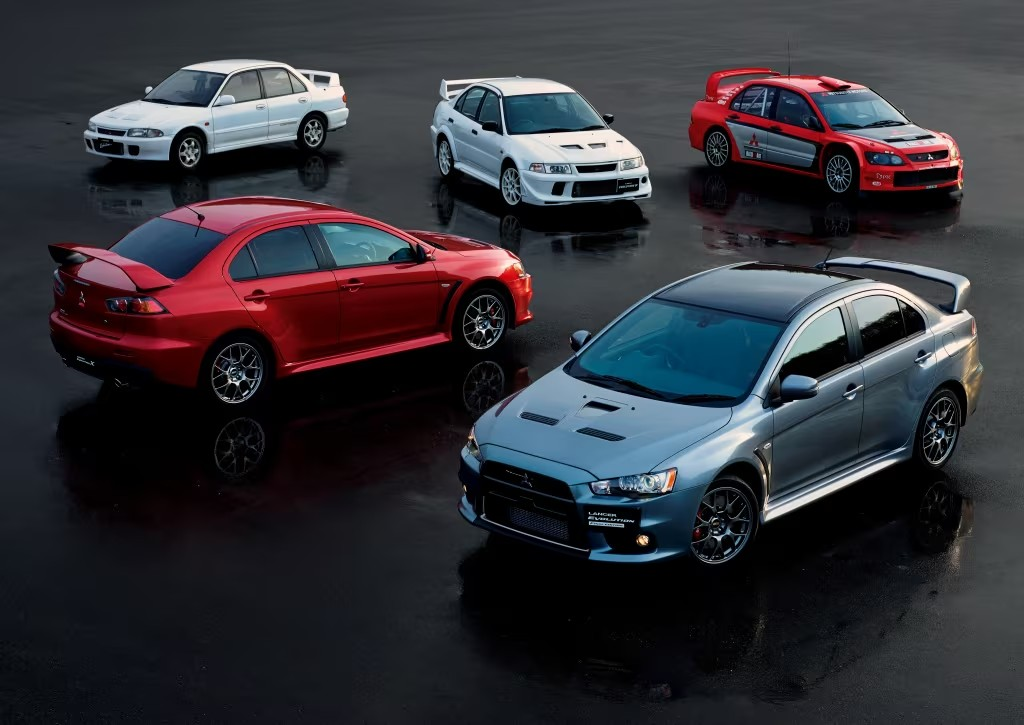
Hybrid power might be a good direction
Faced with the tension between environmental regulations and turbocharger enthusiasts' passion, hybrid technology seems to be a good compromise.
The new Evo can use a combination of "2.0T turbo engine + dual motors". This not only retains the iconic turbo performance of JDM but also meets emission requirements.
The engine uses a lightweight aluminum alloy cylinder block to reduce weight, but the key is to retain the cast iron cylinder liner. This design allows the engine to withstand modifications exceeding 500 horsepower, preserving the 4G63's legendary 'near-boundless tuning potential'.
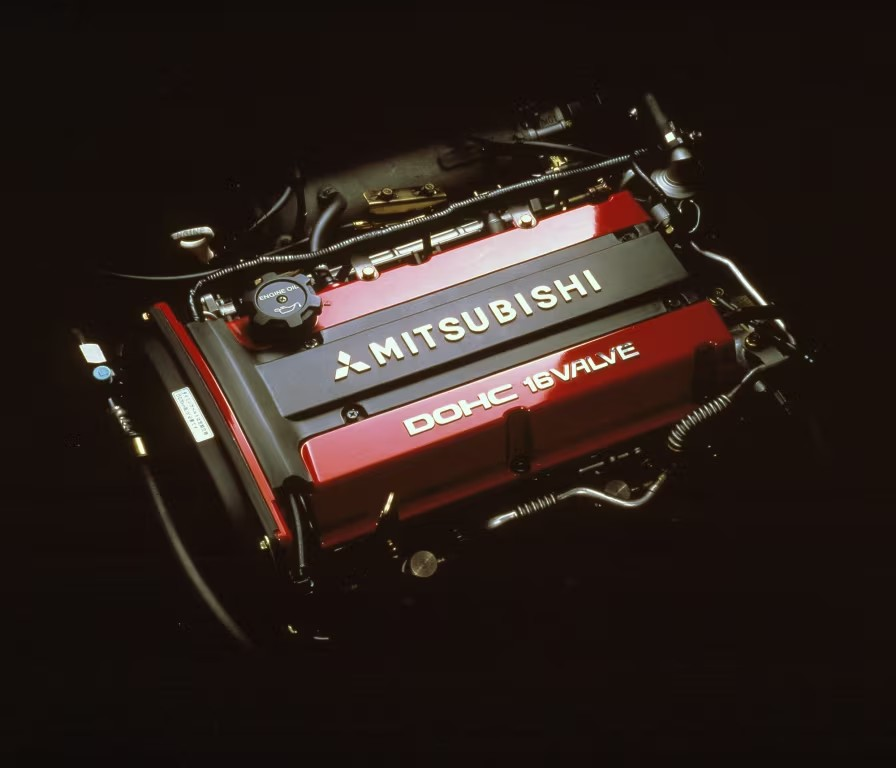
A P1 starter/generator motor is placed on the front axle, responsible for pure electric driving during daily commuting and starting the engine; the rear axle is equipped with a P4 drive motor producing over 200 horsepower, providing powerful rear-wheel thrust.
The combined output of the entire system can exceed 400 horsepower and 600 N·m of torque. More importantly, this powertrain can support a feature called "Boost Overdrive" mode:
When the battery power is sufficient, the turbo engine and the front and rear motors output full power together, operating on a principle somewhat similar to the energy overlap in the F1 car's ERS-K and ERS-H systems.
This instant power delivery could propel the new Evo through the quarter-mile in under 10 seconds. This performance not only surpasses classic fuel-powered rivals like the Ford Mustang Dark Horse but also positions the new Evo to compete confidently with electric vehicles in straight-line acceleration.
If any infringement occurs, please contact us for deletion
Trending News

2026 Malaysia EV Road Tax Policy Analysis: Costs and Opportunities After the End of Exemptions
As December 31, 2025, approaches, electric vehicle owners in Malaysia will face a significant policy turning point — the four-year electric vehicle road tax exemption policy is coming to an end. Starting from January 1, 2026, all electric vehicles will be subject to an annual road tax based on a new power-based tiered tax system. This change marks a transition for Malaysia's electric vehicle market from a policy-driven phase to a new stage of market-oriented development, bringing new considerations for both consumers and the industry.

The fifth-generation Geely Emgrand car photos released, with upgrades in body size and power system
As a family sedan with cumulative sales exceeding 4 million units in China, the new generation Emgrand will further consolidate Emgrand's competitive position in the sedan market through stronger product capabilities.

BYD Sealion 7 is not only cheaper than Tesla Model Y, what other differences do they have?
Is it better to buy the BYD Sealion 7 or the Tesla Model Y? This really makes one a bit hesitant, but before you make a decision, I recommend you take a good look at this article.

Toyota Land Cruiser FJ did not disappoint, the most anticipated civilian off-road vehicle is back.
Since its birth in 1951 under the name Toyota BJ, the Land Cruiser series has accumulated sales of approximately 12.15 million units in over 190 countries and regions worldwide, becoming a global off-road icon spanning more than 70 years.

The all-new Proton X50 has sold over 6,000 units in a month and a half since its launch, becoming the champion in its segment.
Market data shows that the Proton X50 achieved a delivery volume of 999 units within the first five working days after its launch, and by the end of July, its production scale reached 2,000 units.
Popular Cars
Car Compare
Model Year
car model

